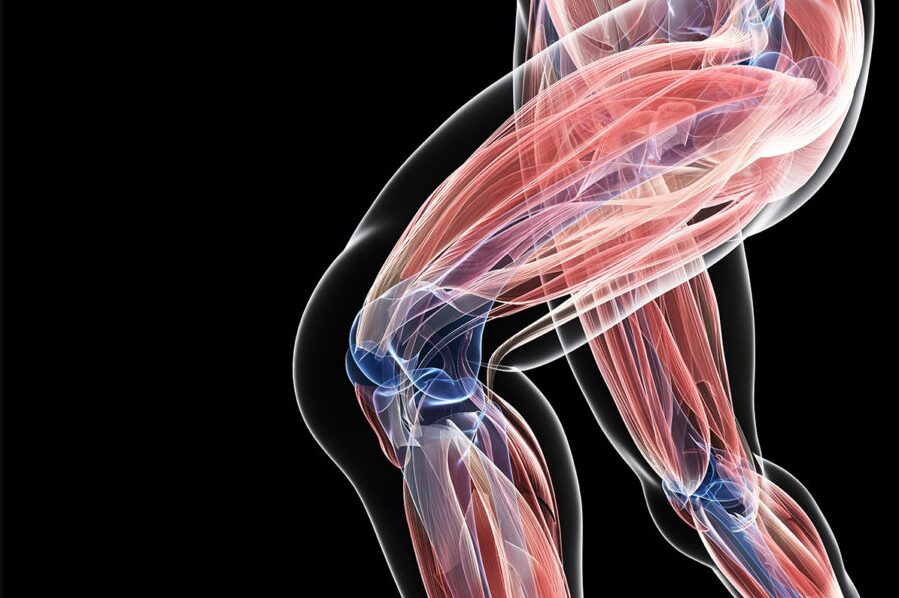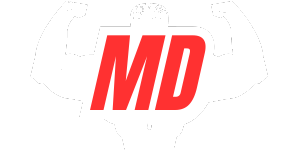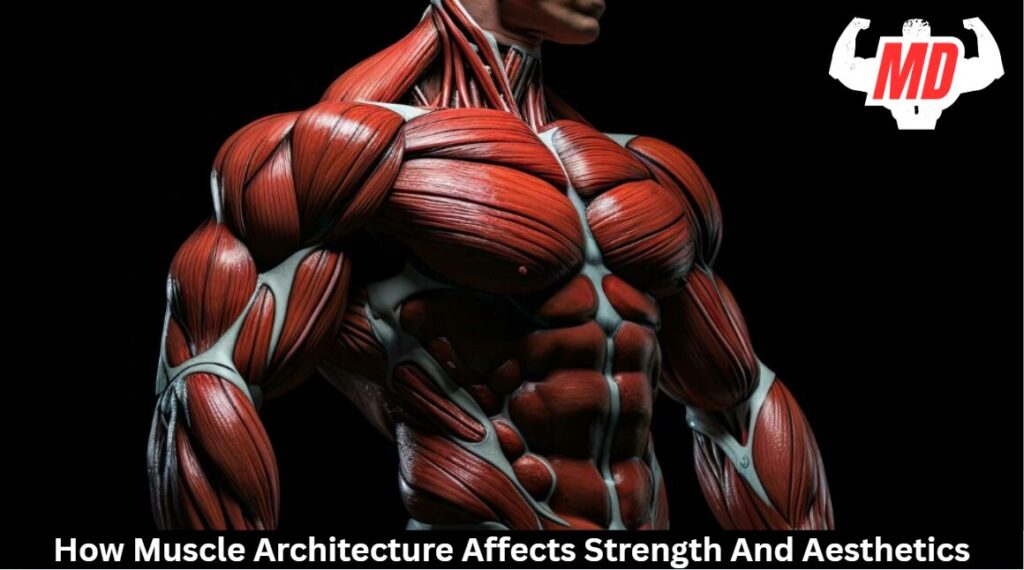Muscle architecture notably impacts your strength and physical appearance. Pennate muscles, with fibers angled to the force direction, pack more contractile tissue into a limited space, enhancing force production but potentially reducing contraction velocity. Parallel fibers, aligned with the force axis, offer a greater range of motion but less raw power.
Your genetics determine baseline architecture, but training can optimize it through varying loads and exercise selection. Understanding these structural differences helps you tailor workouts for your specific strength and aesthetic goals.
The Science of Muscle Fiber Orientation and Force Production
When muscles contract to make force, they follow rules that are very interesting because they combine physics and biology. The way your muscle fibers are arranged inside the muscle directly affects how strong you can be.
Fiber orientation is very important. Muscles with higher pennation angles (where fibers attach to tendons at angles instead of running parallel) can fit more contractile tissue into a small space. This setup makes more force, but it can also slow down the speed of contraction.
If you do resistance training on a regular basis, your body will adapt in ways that can change these architectural properties a little bit. Your muscles respond by making the cross-sectional area bigger and possibly changing the angles of pennation to make force transfer better.
Knowing these structural parts can help you understand why some body parts react differently to the same training programs.

Parallel vs. Pennate Muscles
Two fundamental architectural arrangements distinguish how muscles generate force throughout your parallel and pennate structures. In parallel muscles, fibers run directly along the force-generating axis, maximizing muscle fiber length and contraction distance but limiting total fiber quantity.
Pennate muscles, on the other hand, arrange fibers at an angle (pennation angle) to the direction of the force. It allows them to fit more contractile tissue into the same space. This fascicle arrangement makes muscles stronger and able to produce more force, but they don’t contract as far. Your quadriceps show a pennate structure, and your sartorius shows a parallel arrangement.
Your strength performance directly correlates with these architectural differences. Through consistent training, you’ll experience structural adaptation as your muscles optimize their arrangement to meet the demands you place upon them.

Muscle Architecture and Sport-Specific Performance
Different sports require different muscle groups to work well, which is why the bodies of elite athletes look so well-suited to their sports. Sprinters build up their pennate quadriceps to give them explosive power, while marathon runners keep their fibers longer and parallel to give them endurance. The way your muscles grow will depend on what your sport needs.
Knowing how your body works can help you get the most out of your training for your events. Dense, short-fibered muscles give gymnasts biomechanical leverage by keeping them stable. Swimmers, on the other hand, have longer muscle bellies that let them generate force through a full range of motion.
A powerlifter has a compact, thick body, while a basketball player has long, thin muscles. By knowing these differences, you can train in a way that meets the needs of your sport and your natural strength potential.

Training Methods to Optimize Muscle Architecture
Genetics mostly determine your baseline muscle architecture, but certain training programs can help you reach your full structural potential. By adjusting load intensity and time under tension, you increase muscle density and power output while aligning with your fibers’ natural structure.
Do exercises that are based on biomechanics and work your muscles through their full range of motion. Heavy compound movements increase pennation angles, which helps you produce more force.
Controlled isolation work, on the other hand, improves aesthetic symmetry. To develop muscles in proportion, focus on the muscle groups that are behind with targeted volume while keeping the balance between the muscle groups that are opposite.
Keep in mind that the best way to build muscle is to do progressive overload on a regular basis and give your body enough time to recover. Your training plan should take into account structural limitations and work on weaknesses in a planned way to improve both performance and appearance.
Balancing Aesthetic Development With Functional Strength
While bodybuilders chase muscle symmetry and visual impact, powerlifters pursue raw strength. Yet the most impressive physiques harmoniously blend both qualities. Understanding your natural structural advantages helps optimize your training approach.
You’ll need to work with your genetic reality. Some people have favorable tendon insertions for strength (shorter distance from joint to insertion point), while others possess longer muscle bellies ideal for aesthetics. Your skeletal leverage also determines which movements will showcase your muscles most effectively.
Don’t fight your architecture; instead, make programs that use your strengths. Include both high-load compound movements to improve function and isolation work to improve appearance. This balanced approach will make sure that you build a body that not only looks good but also works well.
Frequently Asked Questions
Does Muscle Architecture Affect Muscle Activation During Exercise?
Yes, your muscle architecture directly impacts activation patterns during exercise. Muscles with different pennation angles and fiber arrangements require specific movement patterns to achieve ideal recruitment and stimulation.
Can Muscle Architecture Influence Recovery Time Between Workouts?
Yes, your muscle architecture affects recovery time. Muscles with higher pennation angles often need more recovery due to their greater fiber density, while longer muscle fibers typically recover faster between intense workouts.
How Do Genetics Determine Our Individual Muscle Architecture Limitations?
Your genetics dictate fiber type, pennation angles, insertion points, and muscle belly length. You can’t change these fundamental architectural features, though you’ll maximize your potential through targeted training that works with your natural structure.
Are There Supplements That Influence Muscle Architecture Development?
No, supplements don’t alter your basic muscle architecture. They can support growth and recovery, but your genetic blueprint for fiber arrangement, pennation angles, and insertion points remains fixed regardless of what you take.
Does Aging Significantly Alter Our Muscle Architecture Patterns?
Yes, aging alters your muscle architecture through reduced pennation angles and fiber density. You’ll experience decreased cross-sectional area and motor unit recruitment, leading to both diminished strength and visible changes in muscle appearance.



